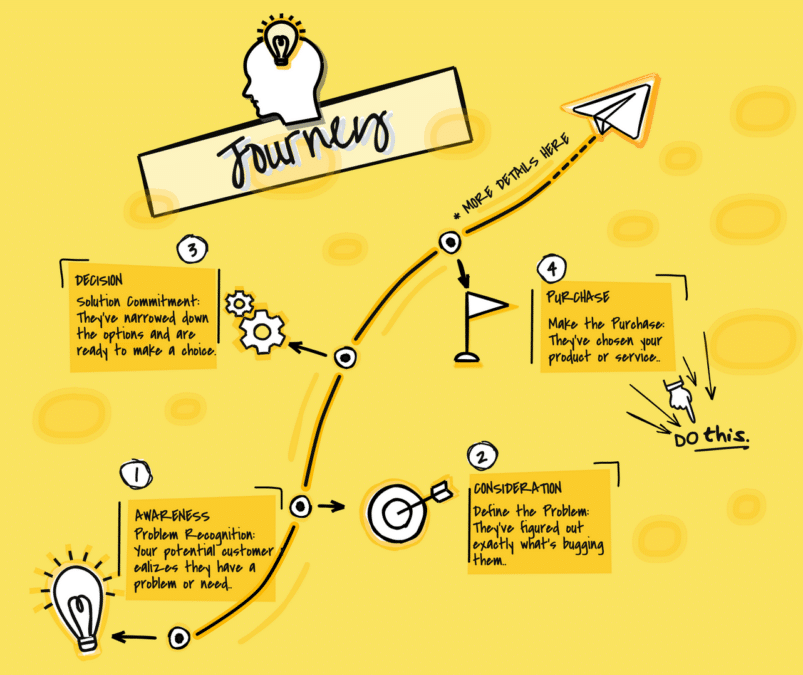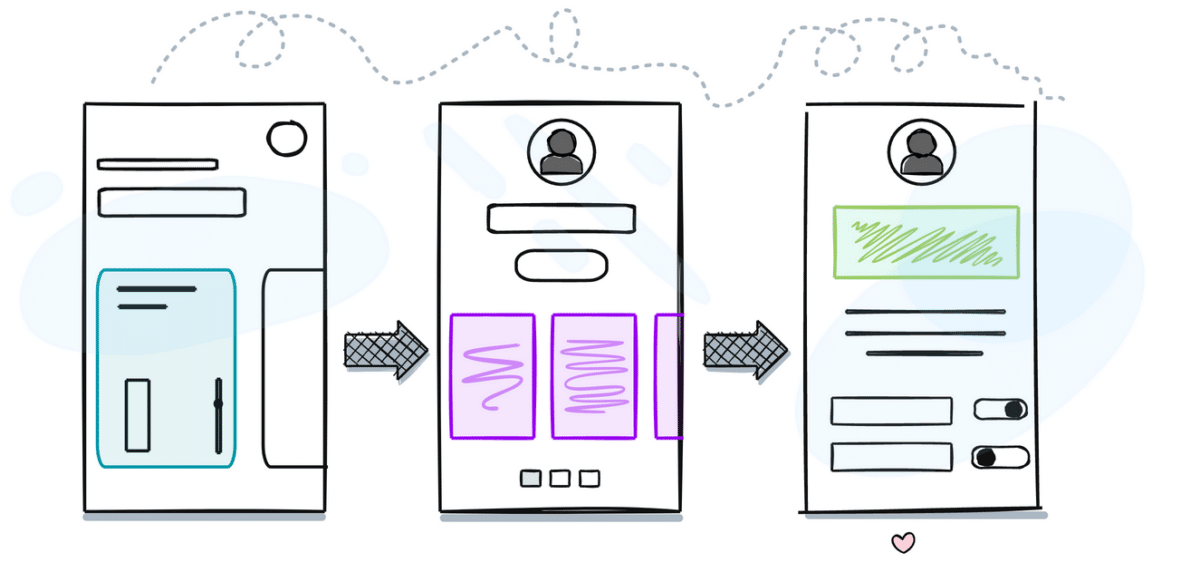Start Simple and Build from There: The Delicate Balance of Effective Web Design
Is building your website like watching your favorite band prepare for their blockbuster tour? Creating the balance of website performance and optimization might feel like setting up for concert night by setting up the stage, tuning the guitars, and rehearsing for the best show possible.
It’s not only about the flashy lights and awesome playlist; it’s about creating a show your fans will be talking about all over their social spaces. This guide is like having a backstage pass to allow your online web space to be a show-stopping performance area that showcases your purpose.
Understanding the Two Sides of the STAGE
What is Website Performance?
Your website’s performance is based on how users may interact with it. Performance can make a big difference in retaining and converting visitors.
Speed: A faster website improves user satisfaction and can also improve search engine rankings. Simple actions you can take right away are compressing your images and limiting the amount of plugins you add to those necessary.
Responsiveness: Focus on your website adapts to different devices since your audience can use their phone in the car or desktop in the office. Use tools like Google’s Mobile-Friendly Test to see how your site adapts to different devices.
Reliability: Reliability is not limited to the availability or “uptime” of a website. It actually goes beyond that! It also involves ensuring that the site functions flawlessly, just how it was intended to and operates seamlessly to fulfill the goals of your business.
What is Optimization?
SEO: When optimizing their websites, web owners often prioritize Search Engine Optimization (SEO) due to its significance in improving visibility and driving organic traffic.
User Experience (UX): Let’s move on to an experience that meets and exceeds users’ fundamental expectations. UX focuses on your website’s practicality and visual appeal, ensuring it serves its intended purpose effectively and delivers an aesthetically pleasing experience.
Conversion Rates: Turning a higher number of website visitors into satisfied and loyal clients. Improving conversion rates is more than making sales, it allows you to put the customer first by making sure they can easily move to the next step.
Their Connection: A Delicate Balance
Think of website performance and optimization as your favorite band playing a live concert. The musicians (performance) must play in harmony, while the sound system (optimization) ensures that every note reaches the audience perfectly. One without the other? That’s like a band missing its drummer or lead guitarist. Too much of either, and the concert’s noisy and chaotic.

Fears & Frustrations – Common Mistakes
Over-Optimizing at the Expense of Performance
The Fear: The easiest way to optimize your performance is to add functionality recommended by Google, designers, and others. But oftentimes, the recommendation is adding plugins. Before you know it, you’re adding so many features and plugins that your website’s speed takes a hit.
The Solution: Start with the essentials. If a feature doesn’t serve a direct purpose, consider cutting it. It’s a common issue, especially for those who manage their website themselves without a technical background. Adding too many features can slow down a site, leading to dissatisfaction among visitors.
Neglecting User Experience
The Frustration: You’ve worked hard to make your website provide all the information your user would need, but users indicate they find it confusing or difficult to navigate. Instead of engaging, they leave, and you miss out on potential opportunities.
The Solution: A visually appealing website is important, but if users can’t quickly find what they’re looking for, they’re likely to leave. Confusing layouts, unclear navigation, and unnecessary complexity can lead to frustration and lost business. Keep the user’s journey in mind. Every button, image, and text must serve a purpose.
Actionable Tips to Avoid These Pitfalls
Understanding your users’ needs and design to meet those needs. Start by mapping out the user’s journey. Think about what your visitors are looking for and create a clear path for them to follow.
Every element on your site should have a purpose. From buttons to images and text, prioritize clarity. If something doesn’t help the user, question whether it needs to be there.
Lastly, consider implementing features that enhance usability. A clear and functional search bar, optimized mobile design, and easily accessible contact information can turn a frustrating experience into a satisfying one.

Maintain the Balance
Focus on Core Web Vitals
Core Web Vitals are specific factors that Google considers important in a webpage’s overall user experience. These include Largest Contentful Paint (LCP), First Input Delay (FID), and Cumulative Layout Shift (CLS). By optimizing for these vitals, such as quick loading of main content and ensuring a stable layout, you provide a smoother user experience that can also benefit your SEO ranking.
Optimize Server Response Time
Server response time is pivotal to your website’s speed. Choosing a hosting plan tailored to WordPress and leveraging server and browser caching ensures your website’s main content loads swiftly. Quick server response retains users and can improve your site’s search engine ranking.
Enhance Mobile Performance
Optimizing for mobile is essential, with a significant percentage of users accessing websites via mobile devices. Adaptive design techniques that serve device-specific content and special attention to touch interactions can result in a responsive and user-friendly mobile experience.
Implement Content Delivery Network (CDN)
CDNs distribute the load by serving your website’s content from the nearest location to your users. By selecting a suitable CDN, you enhance global accessibility, reduce load times, and offer a more consistent user experience. This is particularly valuable for websites with a global audience.
Consider Accessibility in Optimization
Accessibility is about the best experience for all, ethically and legally. Ensuring that your site is navigable via screen readers or keyboard-only access and that optimizations don’t negatively affect these functionalities can broaden your site’s appeal and ensure compliance with accessibility standards.

Conclusion
Balancing isn’t that hard, after all! With the right approach, you can alleviate those fears of “too many changes to break things” and feeling like “it all seems useless.” Start with a simple foundation and build from there. Create a website that’s a powerful tool to attract the right clients.
Ready to make your website sing? You’ve got this! Take it one step at a time, keep your balance, and watch your business grow. Contact us for personalized guidance.
